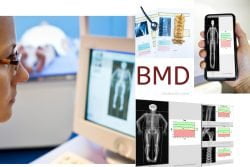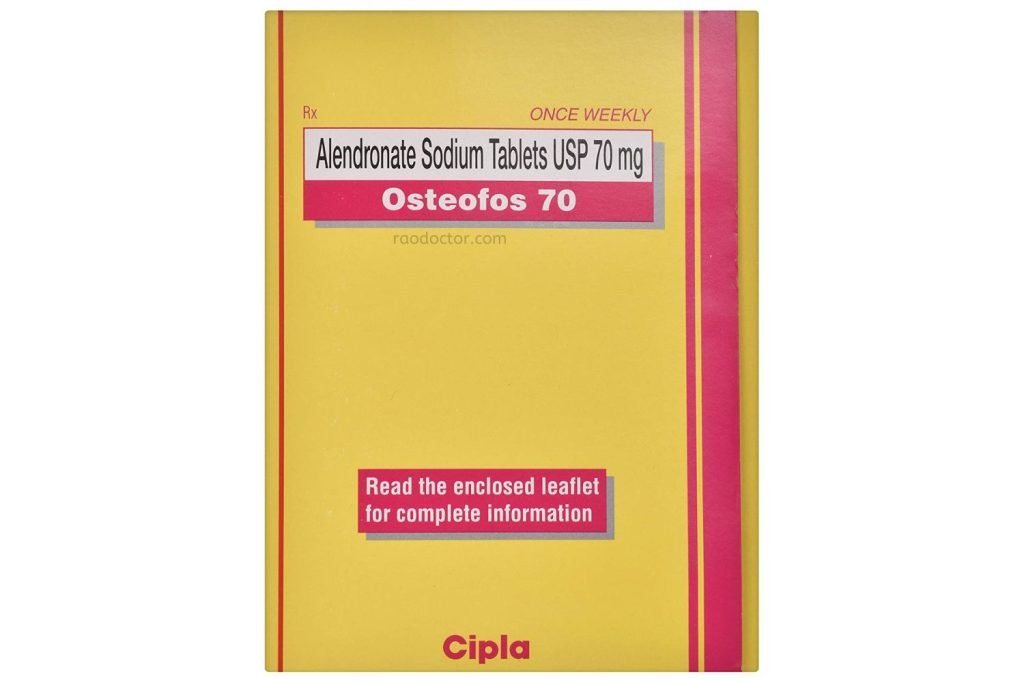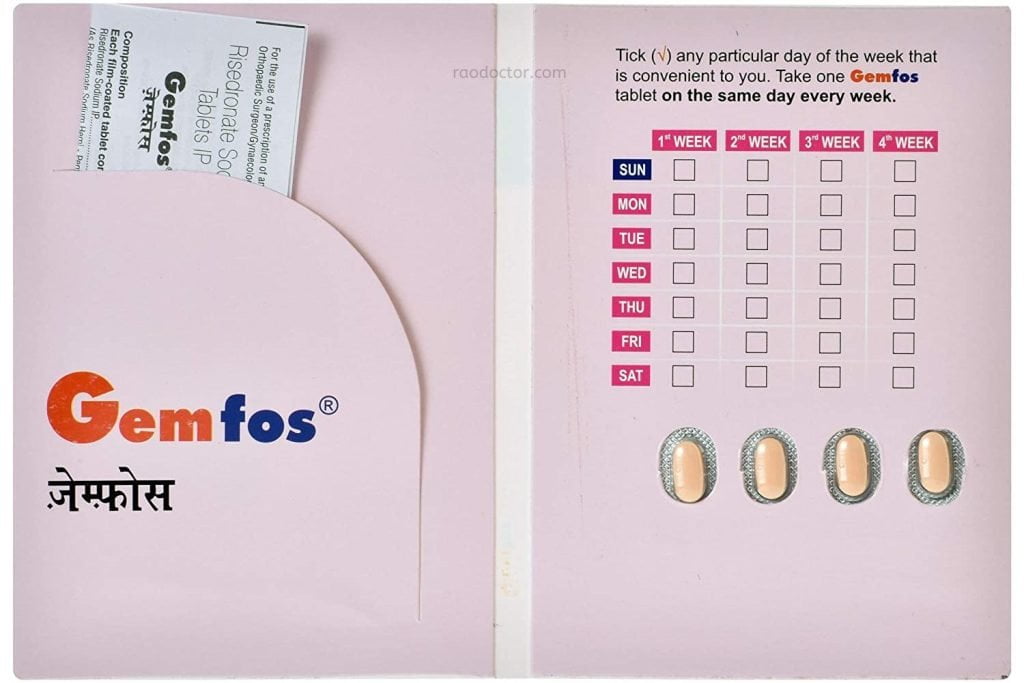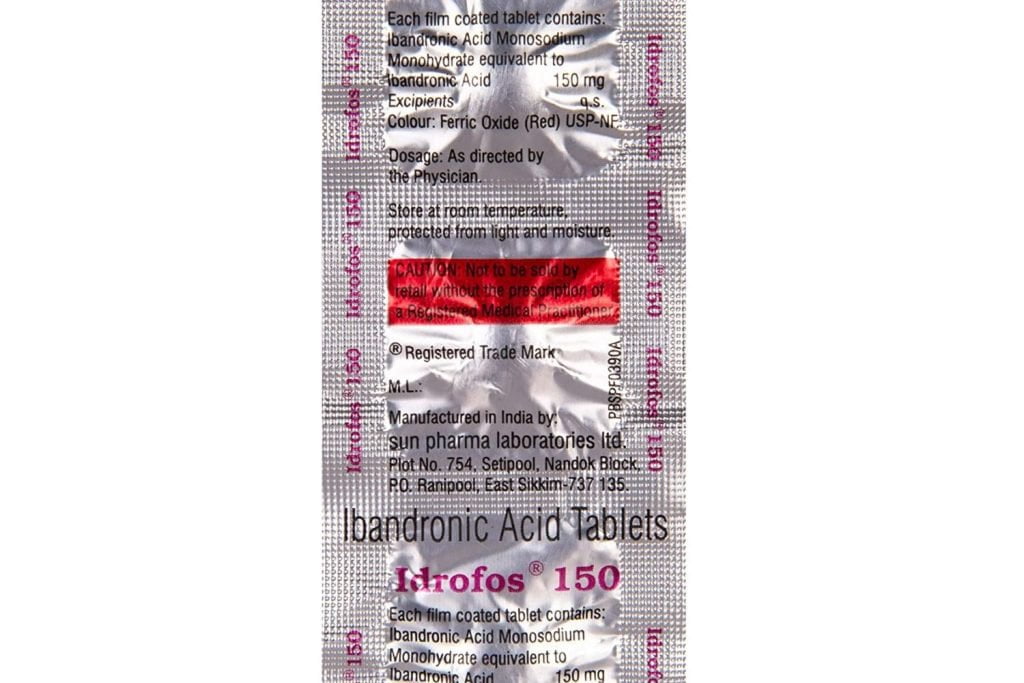
Would you like to listen to the article first?
Click this link- BMD
Bone Mineral Density
Bone mineral density an investigation to know how healthy your bones are. This investigation is also called the Dexa Scan. It reveals your bone density. This is the amount of calcium and other minerals in your bones. The results show how strong your bones are. If you have too little bone density, you may be at risk for osteoporosis. Osteoporosis is a disease in which bones become weak and break easily.
How is Bone Mineral Density calculated?
A special machine called a DEXA scanner is used to measure your bone mineral density. The DEXA scanner is painless and quick. You lie on a table. A small amount of low-dose X-ray radiation passes through your body to measure the amount of calcium in each part of your body, including your bones.
The test takes about 20 minutes, and you may need to wait for one hour until the results are ready. It can be done quickly if you have a blood sample at the same time. The blood test measures how much calcium is in your blood and whether you are losing too much calcium from your bones or not getting enough calcium from food.
The results will be available to you the same day. If you are at risk of osteoporosis, we will discuss this with you when we get the results back from the laboratory.
How do I prepare for a Bone Mineral Density (BMD) scan?
You may need to stop taking some medicines before you have the scan. These include aspirin, heparin and warfarin (Coumarin). If you take any of these, your doctor should tell you about this before you have a scan.
Your doctor may ask you not to drink anything for six hours before the test. This is because the DEXA scanner works best when your bladder is empty.
How is a Bone Mineral Density (BMD) Scan Performed?
A DEXA scan is performed in a hospital or radiology center by a specially trained technologist. The test requires no special preparation other than not eating for 6 hours prior to the test and drinking clear liquids up until 2 hours prior to the test. The technologist will explain the procedure in detail before performing it.
Most people find that they are able to return home shortly after their DEXA scan has been performed. There are no restrictions on your activity other than not eating or drinking for 6 hours prior to the test.
The DEXA scanner is a large machine that looks like a computer monitor. You lie on a table that slides into the machine.
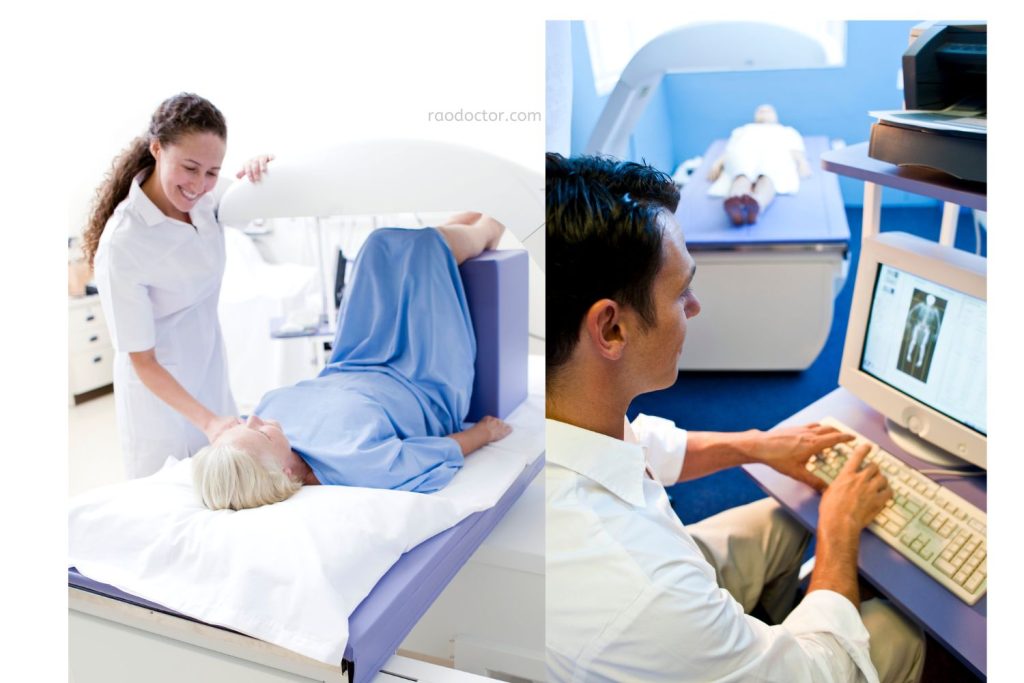
The scanner will take 20 to 30 minutes to scan your whole body. The technologist will position you for the scan and explain what he or she is doing each step of the way.
The technologist will take two to three measurements of your hip and spine, then they will measure your femur (thigh), forearm, heel and other bones in your body. The scan takes only 20-30 minutes.
After the scan you can walk around while waiting for your results, but it is best not to eat or drink anything until after you have talked with your doctor about them.
What Happens After a Bone Mineral Density (BMD) Scan?
The technologist will give you a CD with digital images of your DEXA scan on it so that you can take them home and give them to your doctor.
You will also be given an “Osteoporosis Report Form” that you can take to your doctor. This form contains specific information about your bone density and will help your doctor determine if any further testing is needed.
The DEXA scan is a very simple, non-invasive test that you and your doctor can use to monitor the status of your bones over time.
The results of the DEXA scan are easy to understand and compare for tracking changes in bone density over time.
A normal BMD reading is above 1.0 (g/cm2). The best time for comparing results from one year to the next is at the same time of year, preferably after a full winter’s rest (no summer or spring activity).
If results are lower than expected, this may indicate osteoporosis or another bone disease.
What if my BMD Scan Results Are Abnormal?
The T-score and the Z-score in Dexa Scan
A Dexa Scan measures the bone mineral density in terms of T-score and Z-score. The normal values for T-score and Z-score are -1.0 to 1.0 and -3.0 to 3.0 respectively, though the exact range may vary from one laboratory to another.
The T-score is a measure of how much your bone density differs from the average for young adults of your same sex and age, while the Z-score is a measure of how much it differs from normal for young adult females or males (depending on which sex you are).
If you have osteoporosis, your T-score will be below -1.0 and your Z-score will be below -2.5 .
When you receive your results, they will show whether they’re above or below these values, and by how much.
How do the BMD test results help?
If you have osteoporosis or low bone mass, it’s important to find out why. There are many reasons you might have low bone mass, including medications, smoking, and even your age.

For example, if you’re a smoker or have smoked in the past and your BMD is low, this may be a result of the effects of smoking on your bones.
If you have osteoporosis or low bone mass, your doctor may suggest that you take certain medications or supplements to try to improve your condition.
There are many different medications and supplements available for improving bone density. Your doctor will help guide you in making a treatment plan that works for you.
How Do I Take Care of My Bones?
Lifestyle choices play an important role in maintaining healthy bones. Here are some tips: Get regular weight-bearing exercise; this includes walking and jogging (especially on hills), dancing, using an elliptical machine, walking up stairs instead of taking an elevator or escalator, playing tennis or another racquet sport, and lifting weights. Eat a balanced diet that includes calcium-rich foods (such as low-fat dairy products, dark green leafy vegetables and beans) and vitamin D. If you smoke, try to quit; smoking has many harmful effects on your body, including bone loss. If you drink alcohol, limit your intake to a moderate amount. In addition to lifestyle changes, there are some other things you can do to help prevent osteoporosis:
Talk with your doctor about taking medications that may help improve the condition of your bones (and remember to take them as directed!). If you have osteoporosis or low bone mass , talk with your doctor about taking medications that may help improve the condition of your bones (and remember to take them as directed!). You may be eligible for certain medications or supplements through a government program called Medicare Part D.
Medicines for Low BMD
If you have osteoporosis, ask your doctor about getting a prescription for bisphosphonate (such as Fosamax, Actonel or Boniva). These medications can slow bone loss and help keep your bones strong.

If you are 65 or older and have osteoporosis, ask your doctor about getting a prescription for a medicine called teriparatide (Gemtide) injection. This medicine can increase bone mass in adults with osteoporosis who have low bone mass in the hip. It may also be used in people with multiple myeloma who are at high risk of fractures due to weak bones.
If you have osteoporosis, ask your doctor about getting a prescription for bisphosphonate (such as Fosamax, Actonel or Boniva). These medications can slow bone loss and help keep your bones strong.
If you take steroid medicines that are like prednisone (such as cortisone, prednisolone, methylprednisolone) for more than 3 months, these medicines may cause bone loss.
Your doctor may prescribe medicine such as-
- Alendronate- Osteofos 70, Alenost 70
- Risedronate – Gemfos,Risofos
- Ibandronic Acid- Idrofos, Bandrone
- Zoledronic acid injection- Zoldonat, Zometa.
- Biphosponate
All these medicines can be made available from Amazon.in after uploading a prescription from your doctor [you can use the links provided in this article].
The dosage of these medicines will be decided by your attending physician.
Osteoporosis and related conditions
Osteoporosis can happen to anyone, but it happens more often to women than men after menopause. It can happen to older people whose bones are thin and weak because they did not get enough calcium when they were younger. It can also happen if you smoke cigarettes or drink too much alcohol or coffee, or if you do not exercise regularly. You can improve your bone health by eating a food that promote bone health.
Bones are living tissue that continuously change throughout your life as old bone tissue is replaced with new tissue made by cells called osteoblasts. Bone growth occurs at the ends of long bones and in the shafts of short bones such as those found in the wrist and ankles (wrist-ankle joints).
Osteoporosis is a disease that causes bones to become thin and fragile. After menopause, women’s estrogen levels drop, which causes the body to stop making new bone cells. This leads to a loss of bone tissue and makes the bones weak and more likely to break.
If you have osteoporosis, your doctor may recommend taking medicine or using other treatment to help build up your bones. You may need to have tests done from time to time to make sure your treatment is working well.
Other medicines—Tell your doctor if you are taking aspirin for heart problems or pain, or for arthritis; corticosteroids (prednisone); or thyroid medicine (such as levothyroxine). These medicines may affect how bisphosphonates work. You may need different amounts of your medicines, or you may need different medicines.
Osteonecrosis of the jaw (ONJ) has been reported in patients taking bisphosphonate.
Useful Resources-
If You Have Found This Article Useful
Please share it on Twitter by clicking the link given below-
What is Bone Mineral Density- How it is done and what to look out for Share on XDisclosure: –
Some of my articles may contain affiliate links; this means each time you make a purchase, I get a small commission. However, the input I produce is reliable; I always handpick and review all information before publishing it on my website. I can ensure you will always get genuine as well as valuable knowledge and resources

